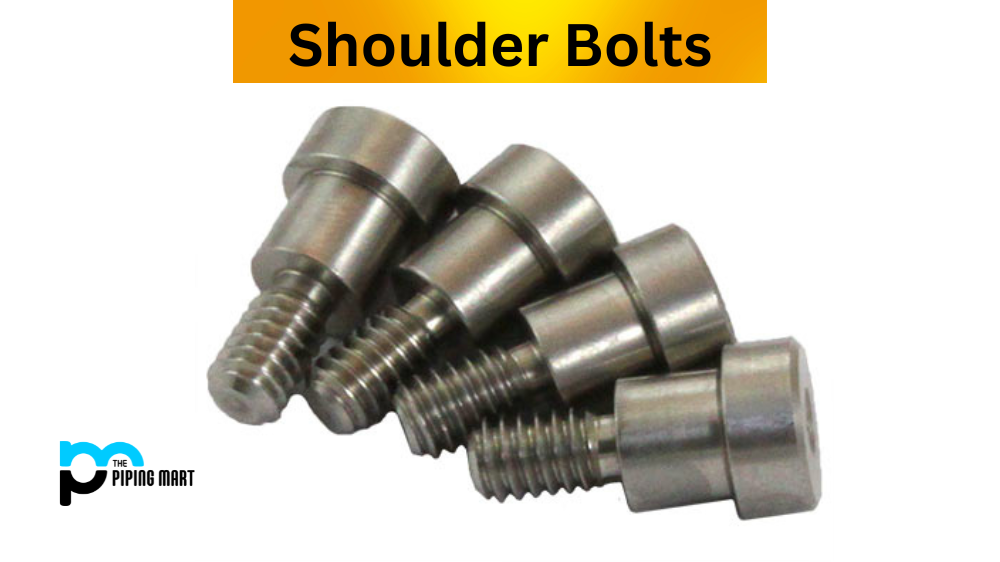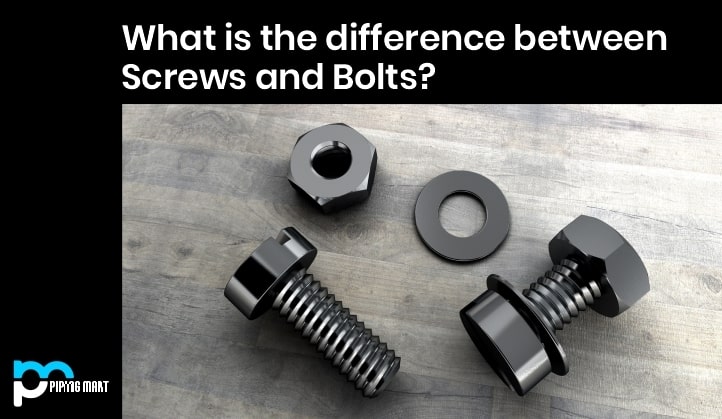Both through and carriage bolts are used for joining materials but differ in their applications. Through bolts go all the way through the material, while carriage bolts sit flush with one end of the material. To choose which one to use, you have to consider the materials you’re working with, the standard type you need to create, and the strength requirements of the application. In this blog post, we’ll look at the differences between through and carriage bolts, their applications, and what factors you should consider when deciding which one to use.
What is Through Bolts?
Through bolts, also known as expansion bolts or wedge anchors, make permanent, high-strength connections between materials such as concrete and metal. They are threaded, which allows them to be tightened with a nut and washer on the opposite end. The length of a through bolt is determined by the size of the hole it’s going through and the thickness of the fastened material. Through bolts are commonly used in structural applications where shear and tension forces are present, such as columns, beams, and post bases.
What is Carriage Bolts?
Carriage bolts, or coach bolts, are designed to have a smooth, rounded head that sits flush with one end of the material being fastened. This prevents the bolt from turning when tightening the nut on the other end. They are commonly used in wood-to-wood and metal-to-wood applications such as deck building, furniture assembly, and fencing. The length of a carriage bolt is determined by the fastened material’s thickness and some extra length for the nut and washer.
Difference Between Through Bolt and Carriage Bolt
The primary difference between a through bolt and a carriage bolt is the design of the shank. A deadbolt has a smooth shank, while a carriage bolt has a fluted leg. The fluted design of the carriage bolt’s shank helps prevent the bolt from spinning when it is tightened. Additionally, carriage bolts are typically shorter than through bolts.
Factors to Consider
When deciding which bolt type to use, consider the standard kind you need to create. Carriage bolts are the way to go if you need a flush finish on one end of a material. On the other hand, if you need a high-strength connection that can withstand shear forces and tension, use bolts. You should also consider the materials you’re working with. Through bolts are unsuitable for soft materials such as wood and plastic as they require a tight fit to function correctly. Carriage bolts, however, are ideal for these types of materials. Lastly, consider the strength requirements of the application. If the connection will experience heavy loads or vibrations, use through bolts for maximum strength and security.
Installation Tips
Both through bolts and carriage bolts require predrilled holes for installation. A through bolt needs to be installed by inserting it into the hole and then tightening the nut and washer on the opposite end, which will expand the end of the bolt to create a tight fit. Carriage bolts must be inserted from the smooth side of the material and tightened with a nut and washer on the other side. When installing carriage bolts in wood, ensure the hole is slightly larger than the bolt to allow for wood expansion and contraction.
Conclusion
In conclusion, choosing between through bolts and carriage bolts is a matter of understanding the joint type you need to create, the materials you’re working with, and the strength requirements of the application. Through bolts are used for high-strength, permanent connections in metal-to-metal and concrete-to-metal applications, while carriage bolts are ideal for wood-to-wood and metal-to-wood applications. Always carefully select the right bolt type and follow proper installation procedures to ensure a successful and long-lasting joint.
Sakshee is a talented blogger, with a particular focus on the Business and Metal Industry. She is passionate about sharing her insights on various metal products and helping professionals to make a better decisions.




